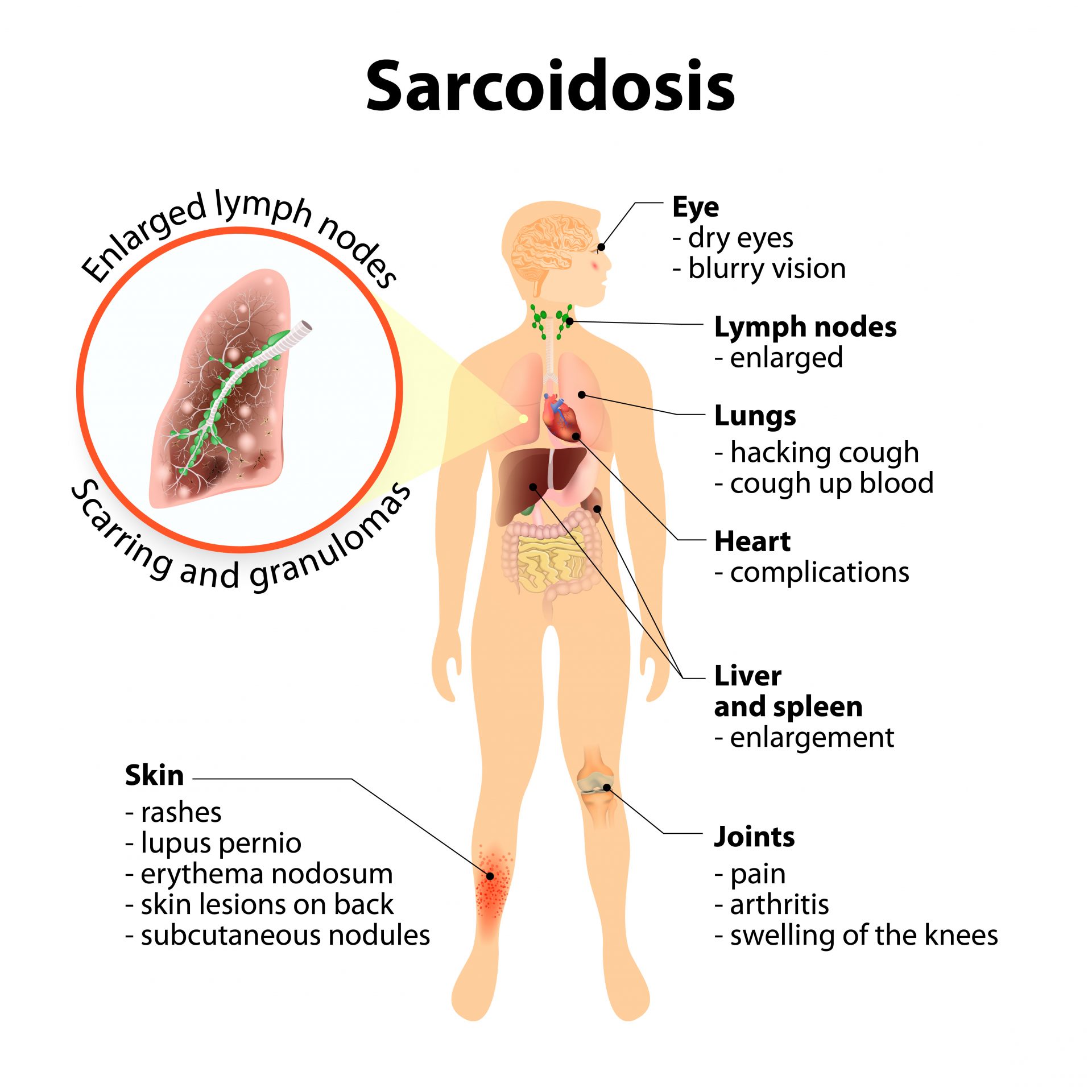Respiratory checklist


WIPPER and the intro
General look of the patient
-
- No apparent use of accessory muscles for breathing like sternocleidomastoid, trapezius and scalene)
- No Indrawing of intercostal spaces
- No apparent use of accessory muscles for breathing like sternocleidomastoid, trapezius and scalene)
Vital signs
Pulsus paradoxus is a more marked inspiratory decrease in arterial pressure exceeding 10 mmHg
BMI is vital in respiratory system, obese patients may get obstructive sleep apnea
Weight loss in COPD patients increases risk of morbidities (++inflammatory cytokines = ++metabolic rate)
Hands examination
Starting with the still hand
Moving on to the nails
Hand palpation and radial pulse
End this section by examining for tremor
Face examination
By examining the eye, make these 3 comments:
Neck examination
Chest Inspection
First, relocate to the foot of the bed
From the right side of the patient
Chest Palpation
Do the usuals for any palpation and then;
- General palpation:
Mention that you found:
- Upper mediastinum palpation:
- Lower mediastinum palpation:
- Last tests
Normal chest expansion is around 2.5cm on each side!
Chest Percussion
Percuss bilaterally for each spot;
Comment on having normal, bilaterally symmetrical resonant percussion note
Chest Auscultation
Get your stethoscope ready! set it to use the diaphragm (large one), test that by GENTLY tapping it, WARM it by rubbing it with your hand
Vocal resonance (Non-tactile)
Whispered pectoriloquy
Aeogophony